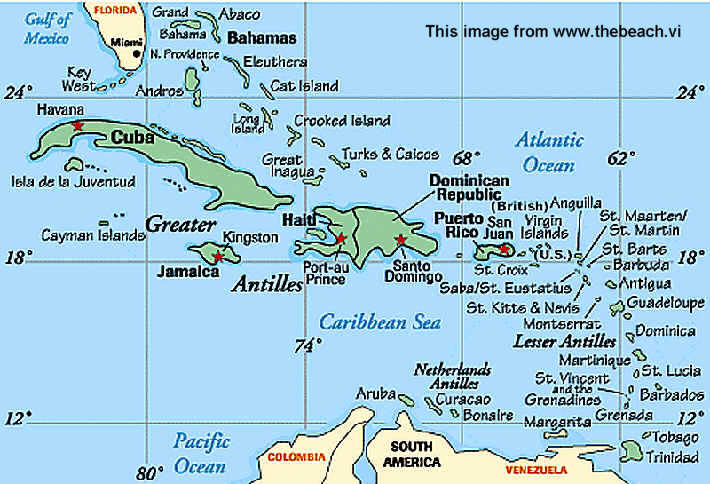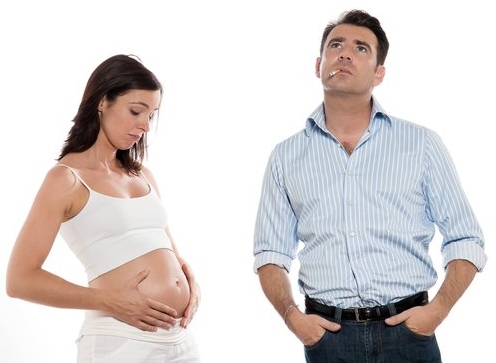Births of three or more babies at once have fallen by more than 40 percent in the United States since 1998, a new government statistics reveal.
The falloff appears to be connected to changes in infertility treatments, which result in multiple births far less often now compared with the 1980s and 1990s, experts said.
“This is a very positive development because the risk for moms and babies will be lower,” said Dr. Tomer Singer, director of reproductive endocrinology and infertility at Lenox Hill Hospital in New York City. “We’ll have healthier babies born closer to term and fewer health complications related to prematurity—like lung disease, heart disease, and infections.
Researchers found the rate of births of triplets, quadruplets or more babies fell 41 percent—from 7,625 in 1998, when such births peaked, to 4,526 in 2014, reaching a rate of one in every 880 births.
In seven states—Connecticut, Illinois, Massachusetts, Minnesota, New Hampshire, New Jersey, and Rhode Island—the rate of these births fell by at least half, the study findings showed.
Advances in in vitro fertilization (IVF) have helped stem multiple births. “The trend toward reducing the number of embryos transferred and transferring a single embryo when possible during IVF cycles is moving in the right direction, reproductive endocrinologists are making a conscious effort to continue improving.”
Studies have shown that most twins do fine, but higher-number multiples face unique medical challenges. When a woman has three or more embryos, some often don’t survive pregnancy. Those who survive pregnancy are more likely to be premature, suffer from a variety of illnesses or die in their first year, Singer added.
According to the new report, 7 percent of triplets, quadruplets and higher multiple-births born in 2013 didn’t live past one year, compared to one in 200 singletons (less than 1 percent).
Singer explained that as treatment moved from artificial insemination — in which sperm is injected into a womb — to IVF in a lab, doctors gained more control over the number of eggs fertilized.
Also, he agreed that IVF physicians now transfer fewer embryos into the womb, lowering the risk of multiple births. Given the widespread use of IVF, more then 200.000 women on an annual basis, this make a difference, he said.






